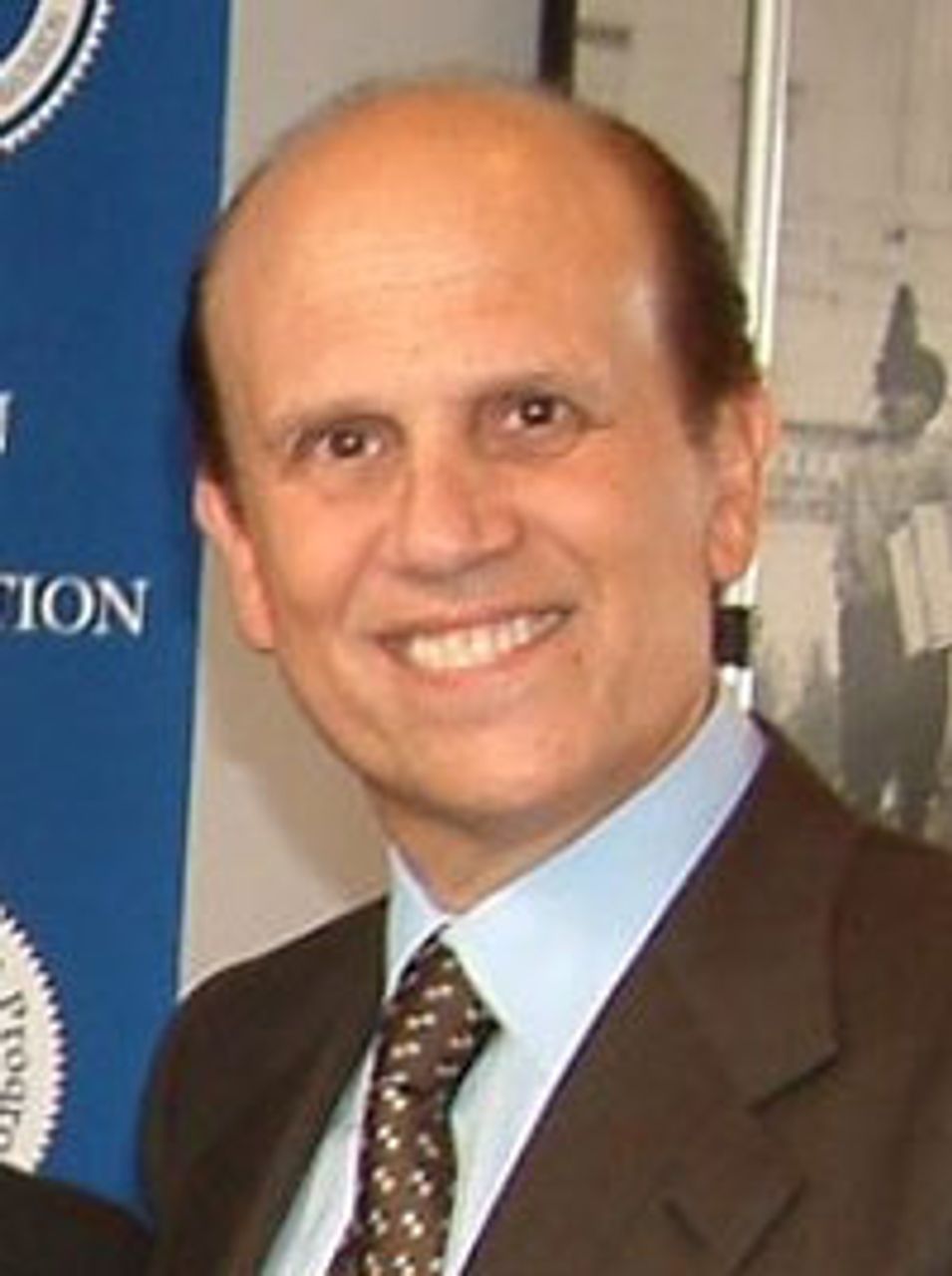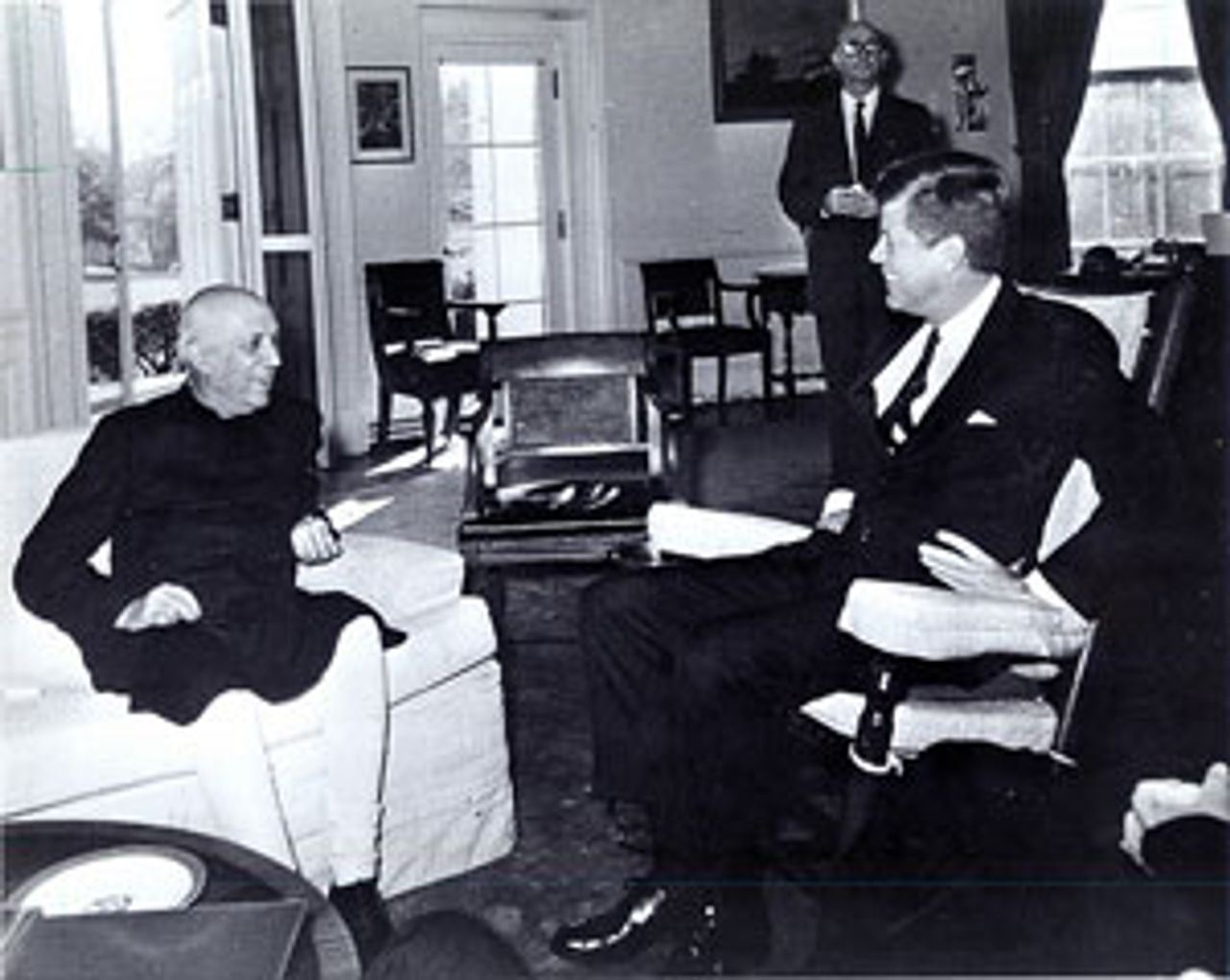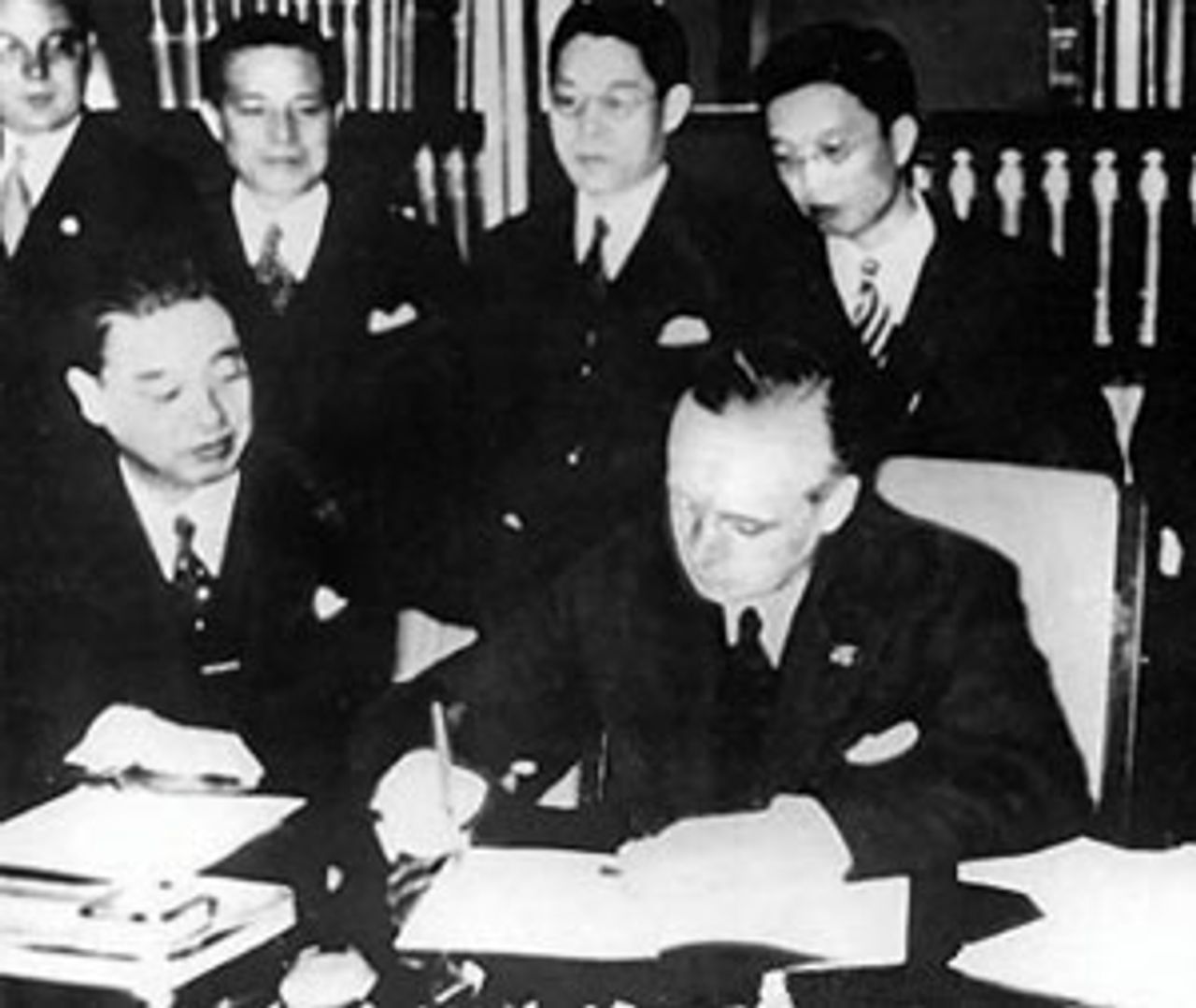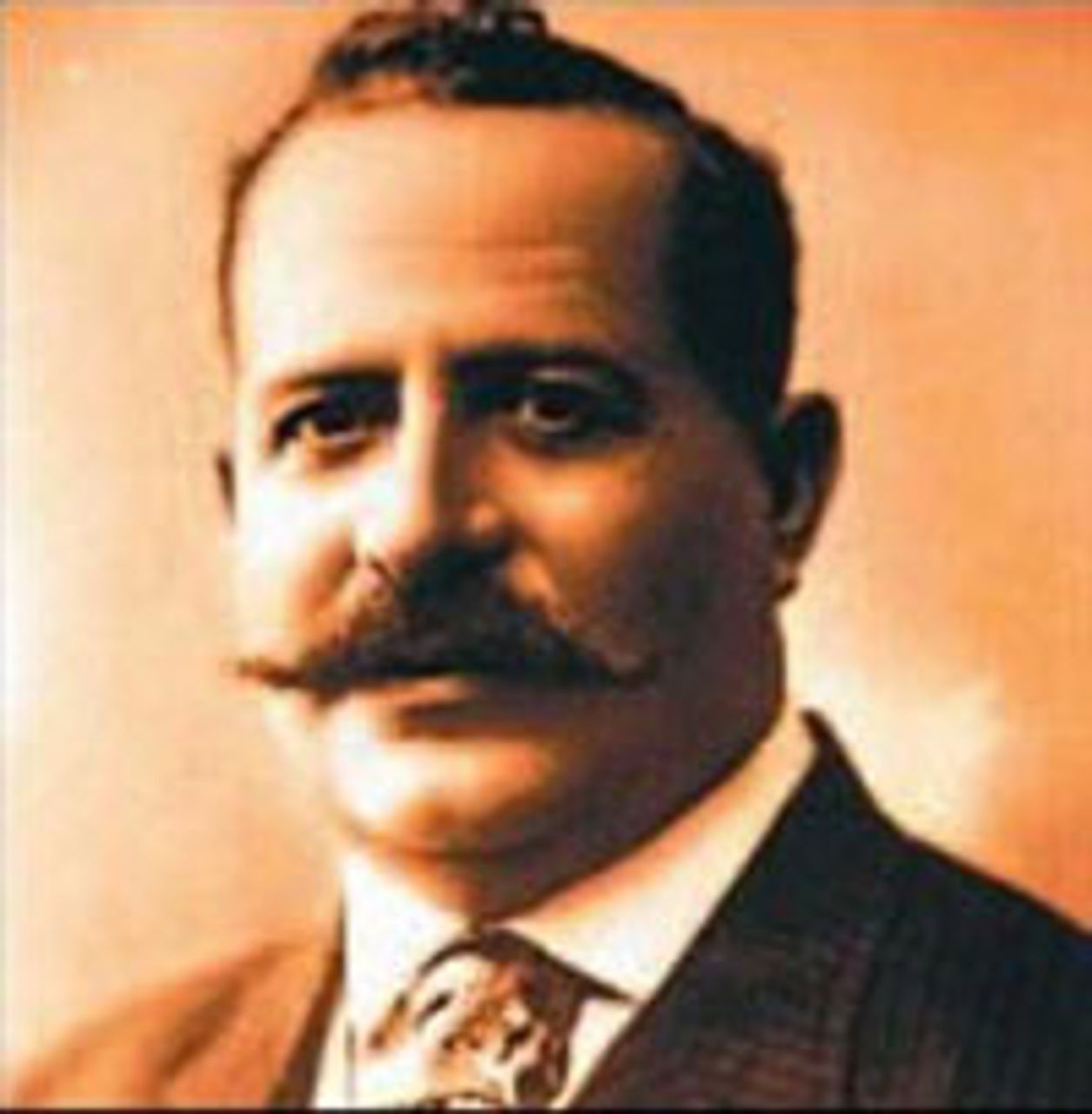This Week in History provides brief synopses of important historical events whose anniversaries fall this week.
25 Years Ago | 50 Years Ago | 75 Years Ago | 100 Years Ago
25 years ago: Corporate raider Ivan Boesky fined, Milken subpoenaed
 Michael Milken
Michael MilkenOn November 14, 1986, corporate raider Ivan Boesky was fined $100 million by the US Securities and Exchange Commission (SEC) for the practice of insider trading, speculation based on information provided illegally by employees inside publicly-traded firms. On this basis Boesky had over the preceding year utilized over $1 billion in investors’ and his own money to launch takeover bids of USX Corporation (US Steel), Nabisco, Union Carbide, and Sperry Corporation, among other targets.
As part of the investigation into Boesky, “junk bond king” Michael Milken of Drexel Burnham Lambert Inc. was subpoenaed. Milken’s manipulation of below-investment grade securities had provided the means by which Boesky and rival corporate raiders Irwin Jacobs and Carl Icahn had launched their attacks on major industrial targets, and he had also provided the funding through which News Corporation head Rupert Murdoch and oil kingpin T. Boone Pickens had wiped out competition in their respective industries.
Boesky and his ilk, then called “risk arbitragers,” had in the 1980s “gone from being bit players on the periphery of the game to characters who can, and do, decide which companies will be broken up or bought out,” according to the New York Times. So far given over to criminal and semi-criminal forms of financial speculation had American capitalism become that news of Boesky’s fine resulted in the fourth largest sell-off in Wall Street history. “It’s complete panic,” commented Jack Baker of leading investment firm Shearson Lehman Brothers.
The same week the Reagan administration announced its determination to press ahead with further financial deregulation. “The fact that you find a crook doesn’t mean that deregulation can’t go on,” said one White House official. “The more competition we have in the market place, the better,”
50 years ago: China, India trade accusations in border dispute
 Nehru and Kennedy in 1961
Nehru and Kennedy in 1961On November 20, 1961, India made public its accusation that the People’s Republic of China was occupying areas claimed by New Delhi in the disputed Himalayan border region. China claimed that India had first illegally occupied the region, and that New Delhi was further assisting separatists in Tibet.
India accused China of establishing three posts in the disputed 12,000 square region near Ladakh province in Kashmir—part of a dispute over a 51,000 square mile region— and further listed 11 Chinese “incursions” along the countries’ 2,000 mile border. Addressing India’s parliament, Prime Minister Jawaharlal Nehru said that he had ordered “certain military measures.” The letter to Beijing, dated October 30, came in response to Chinese claims of Indian incursions issued in August.
The Five Principles of Coexistence signed by Chinese Foreign Minister Zhou Enlai and Nehru in 1954 had called for mutual non-interference in domestic affairs. A major deterioration in Sino-Indian affairs came in April, 1960, when Nehru welcomed the Dalai Lama, titular spiritual head of Tibetan Buddhism and de facto nationalist leader of Tibet, in exile to India. There the Dalai Lama campaigned for Tibetan independence, which was conjoined to India’s drive to reestablish the boundary lines with China drawn up under British imperialism.
The growing and increasingly public split between China and the Soviet Union, which was simultaneously cultivating closer ties with India, strengthened India’s position. The US backed the Indian position, with the Kennedy administration that week negotiating new aid for India and Nehru a week earlier visiting the US.
75 years ago: Germany and Japan sign Anti-Comintern Pact
 The signing of the Anti-Commintern Pact
The signing of the Anti-Commintern PactOn November 15, 1936 Nazi Germany and Imperial Japan signed what would become known as the “Anti-Comintern Pact,” which stipulated neither Germany nor Japan would aid the Soviet Union in the event of an attack by either power. Fascist Italy would also adhere to the anti-Bolshevik agreement either directly or through agreement with Germany, the two European powers having only weeks before signed the “Rome-Berlin Axis.”
Joachim von Ribbentrop signed the pact on behalf of the fascist regime, declaring that “Japan will never permit any dissemination of Bolshevism in the Far East. Germany is creating a bulwark against this pestilence in Central Europe. Finally, Italy, as the Duce informs the world, will hoist the anti-Bolshevist banner in the south.” Hitler told the press that Germany and Japan had come together to defend “western civilization.”
While the pact was a general declaration against communism, both Germany and Japan saw the Soviet Union as a military threat and the enormous northern Eurasian territory it occupied as ripe for their colonial expansion. Beneath the hostile anti-Communist declaration was a plan for the two states to engage in mutually advantageous trade in military hardware, technology and raw materials.
Italy would join the agreement between Germany and Japan with Rome recognizing the Japanese invasion of Manchukuo in return for Japanese recognition of the Italian Empire of Abyssinia. Manchukuo was a Japanese-controlled territory within China, which the Japanese army had annexed, in 1931after fabricating the infamous “Manchurian Incident” as a pretext to invade China.
On November 17, only two days after the signing of the pact, press reports from Berlin said that a contract worth 12 million German marks was to be signed shortly by the Manchukuo Trade Commission to purchase from German industry a plant to produce synthetic petrol from oil.
100 years ago: Dominican Republic president assassinated
 Ramon Caceres
Ramon CaceresOn the evening of November 19, 1911, Dominican Republic president Ramon Caceres was assassinated by a small group headed by Luis Tejera as he drove through the streets of the capital Santo Domingo. The murder followed a decade of political turmoil and factional infighting among the ruling elites of the small and underdeveloped Latin American country. Caceres had himself shot dead the despotic Dominican president General Ulises Heaureaux in 1899 and along with his fellow plotters dominated the subsequent governments. He was elected president in 1905.
Heaureaux had left the country heavily indebted to US and European creditors, whose governments each sought to control repayment. The American administration of Theodore Roosevelt intervened actively to ensure stability and US domination in a country deemed strategically important to the Panama Canal, then under construction. Beginning in 1905, the US negotiated financial agreements with the Dominican Republic whereby Washington assumed responsibility for the country’s debts, but in exchange took control of its finances, particularly its customs duties that were used to repay foreign loans.
Caceres’s willingness to safeguard US interests was appreciated in Washington, which believed he had a “healthy understanding” of its needs. These understandings included the Tariff Law of 1910, drafted by American experts. Its purpose was to ensure that US manufactured products were imported into the Dominican Republic irrespective of local interests. In 1911 the Agricultural Concessions Law was enacted that granted privileges to sugar producers, mostly Americans.
Caceres’ assassination ushered in a period of political instability. Between November 1911 and 1916, there were eight presidents. In 1916, two years into World War I, the US administration of Woodrow Wilson used the pretext of the threat of Germany to militarily occupy the Dominican Republic, as it had done in neighboring Haiti the previous year. The US occupation lasted from November 1916 to 1924.
